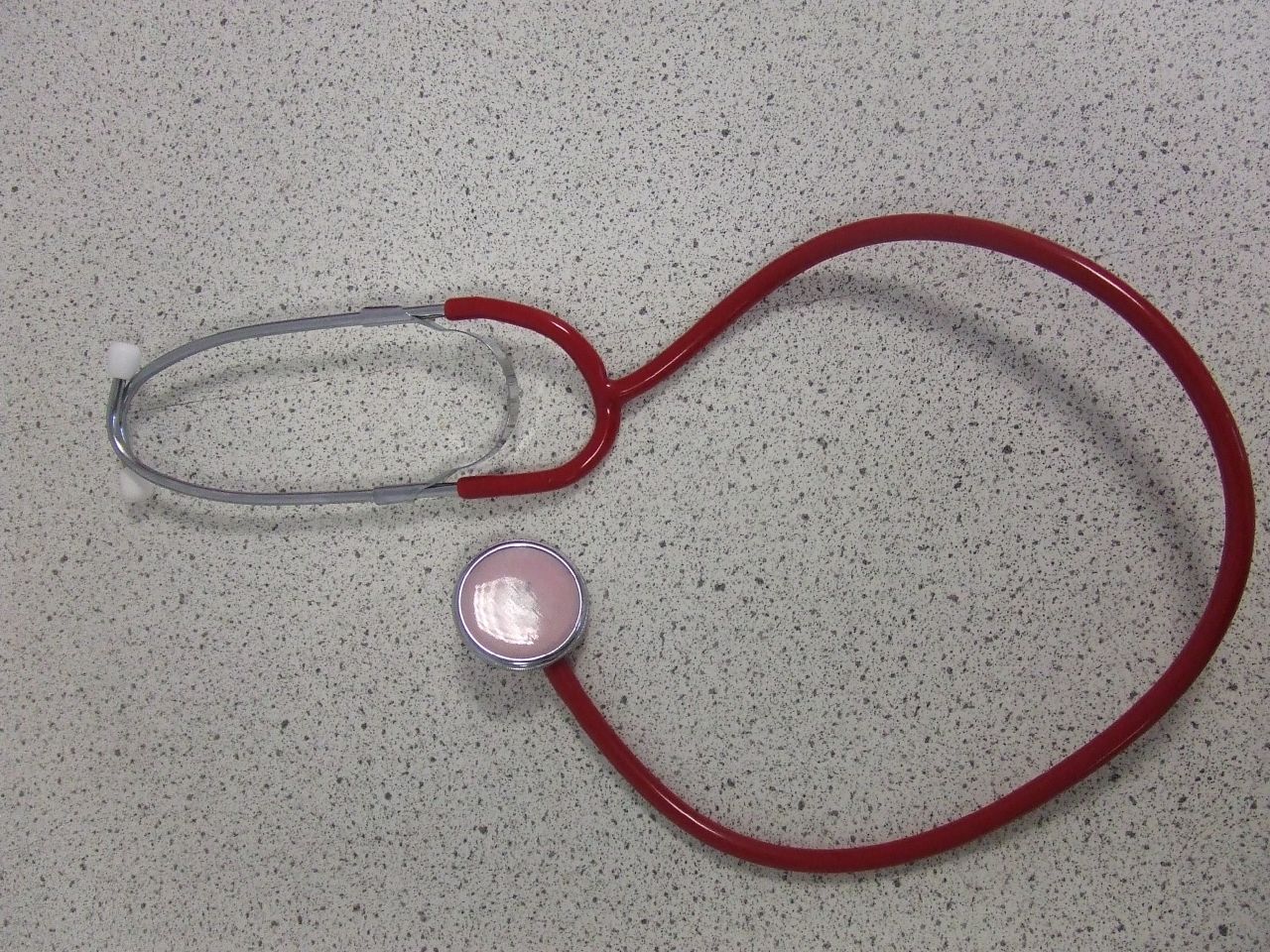
The Checklist Manifesto: How to Get Things Right
by Atul Gawande
 If you happen to be one of the 90,000 Americans admitted on any given day to what Atul Gawande elegantly terms “the glassed bay of an ICU,” you might wish you’d never known some of what he reveals in his The Checklist Manifesto.
If you happen to be one of the 90,000 Americans admitted on any given day to what Atul Gawande elegantly terms “the glassed bay of an ICU,” you might wish you’d never known some of what he reveals in his The Checklist Manifesto.
Every patient in an ICU, according to one study, requires on average 178 tasks a day for his care, from administering medication to suctioning lungs. Each task poses a risk. The error rate is low – two percent – but that still means about two errors per day per patient. “At any point,” Gawande, a surgeon and a New Yorker staff writer, says gravely, “we are as apt to harm as we are to heal.”
Gawande’s answer to making sure 178 daily tasks get done well is what he terms the “humble” checklist. But as his examples of checklists in action – from medicine as well as aviation, construction and disaster response-demonstrate, there’s nothing particularly humble about them, especially when they’re designed well and aim to save lives.
Gawande reminds those of us outside the medical profession – we who regard doctors and their business with some nearly mystical mix of hope and fear – that the key feature of medical practice is ever-increasing complexity. Doctors at the turn of the last century needed only a high school diploma and a one-year medical degree to practice; now, of course, they need nearly a decade of training on top of a college degree. They’re ever more specialized (Gawande cites jokes about left-ear and right-ear surgeons), and they need to make quick, crucial decisions, work with large and sometimes unfamiliar teams, and use intricate technology. Gawande writes, “Medicine has become the art of managing extreme complexity – and a test of whether such complexity can, in fact, be humanly mastered.”
The checklist, Gawande posits, is a way to make complex tasks doable by ever-fallible humans. Gawande studies its application in two professions that share with medicine a high degree of complexity and risk, and that, unlike medicine, have fully formalized the use of the checklist: construction and aviation. Both professions’ complexity outgrew the ability of a lone “Master Builder” or pilot to manage. Gawande interviews the structural engineer of his hospital, who explains his protocol-heavy work with architects, clients, laborers, and more. He keeps tight daily checklists, layered and decentralized inspection requirements, and records of all communications. Checklists make possible such decentralization, Gawande notes. Respect for the wisdom of the group can be crucial in many instances – he cites Wal-Mart’s rapid and locally driven response to Hurricane Katrina in contrast to local governments, who were “waiting for the cavalry” that came too late.
In aviation, Gawande finds, pilots have on hand short, simple checklists for a variety of emergency and normal situations (Boeing issues 100 new or revised checklists per year). Chesley “Sully” Sullenberger, lauded for his heroic Hudson River landing, used a checklist, as did his co-pilot and his air crew. And yet, Gawande notes, the team – and their remarkable adherence to procedure – didn’t get much attention: “It was as if we simply could not process the full reality of what had been required to save the people on that plane.”
In medicine, Gawande admits, the surgeon is still something of a Master Builder, a lone pilot, patients being more complicated than planes or buildings. To the extent the medical field routinely employs checklists, it’s to make quick initial exams, like checking the four vital signs and pain levels. Checklists aren’t always used to make sure complicated tasks are done right and teams built well, and adopting them requires a culture change. But studying checklists in eight hospitals around the world, Gawande finds an undeniably positive result, with double-digit percent decreases in complications, deaths, and infections. He also applies it in his own operating room, where it saves a life.
And though Gawande touches on it only briefly, there’s another field where the Master Builder archetype rules – finance, where livelihoods, if not lives, are always at stake, and where even the casual investor might take a tip from checklister Warren Buffet.
Excerpt: “We may admit that errors and oversights occur – even devastating ones. But we believe our jobs are too complicated to reduce to a checklist. Sick people, for instance, are phenomenally more various than airplans. A study of forty-one thousand trauma patients in the state of Pennsylvania – just trauma patients – found that they had 1,224 different injury-related diagnoses in 32,261 unique combinations. That’s like having 32,261 kinds of airplane to land. Mapping out the proper steps for every case is not possible, and physicians have been skeptical that a piece of paper with a bunch of little boxes would improve matters.”
Further Reading: Complications: A Surgeon’s Notes on an Imperfect Science and How Doctors Think
*Photo courtesy Biology Big Brother.




Send A Letter To the Editors